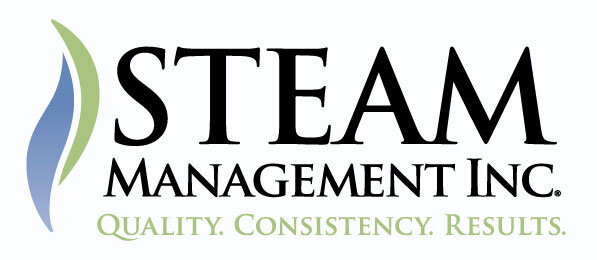Steam Trap Audits Lead to Savings and System Efficiencies
Steam Management, Inc. (SMI) was engaged to complete a comprehensive steam trap management assessment. In the process of the evaluation, SMI reviewed the potential for a wireless steam trap monitoring solution to bring visibility into the steam trap population.
The audit was conducted on a large campus with a central steam plant distributing steam at 125 PSI through a direct buried piping system to over 90 buildings on campus. Through the process of following each line, the survey team was able to evaluate the condensate return system back to the central plant. Facility operators were aware of deficiencies in the condensate return system and venting of live steam at individual condensate receiver tanks.
A significant differentiator between this survey and others is that we had the opportunity to walk the campus with a knowledgeable facility operator from the pipe shop. In collaboration with their firsthand knowledge of the steam distribution system, we observed, tested, and cataloged steam traps on the high-pressure distribution system throughout the campus. The participation from the pipe shop was a critical asset because they knew how the system functioned and areas of concern.
The survey identified an array of additional opportunities for cost and energy savings including steam traps. Some examples of deficiencies and opportunities include:
The steam supply to the two steam driven chillers each have high capacity inverted bucket steam trap installed midway down the supply pipe as a secondary or isolation discharge trap. The primary bi-metallic thermostatic trap is located in the proper location at the low point of the drip leg, satisfying the condensate load requirements. The condensate load at the trap is essentially zero which will not satisfy the priming and operational requirements of the high capacity IB trap. This will result in a failed open operation continually passing steam.
Flash tank/HP return is operating at 50psi. To improve the efficiency of the HP steam traps the flash tank vent should be change to the 10psi (LP) steam supply.
Steam trap returns are piped directly into the pumped condensate return. This configuration doesn’t allow condensate to discharge properly due to the reduced pressure differential across the trap. Additionally, when the trap fails live steam will discharge directly into a pressurized return without a sparge tube (flash arrestor). This will cause water hammer, damage to piping infrastructure, and a potentially dangerous condition.
A high pressure (HP) to low pressure (LP) pressure reducing valve (PRV) is failed causing the LP steam system to be pressurized with 120psi steam. Additionally, the emergency pressure relief valve for the LP steam system is stuck closed.
A failed steam trap is causing the HP condensate return, including the flash tank, to be pressurized to 120psi. The system is operating far above the designed limit of 5psi.
It was through the effort of completing the steam trap monitoring audit that we were able to locate and identify these system critical deficiencies. This effort enabled the customer to improve upon the infrastructure supporting the condensate return system and prevent further damage to the system and equipment.
